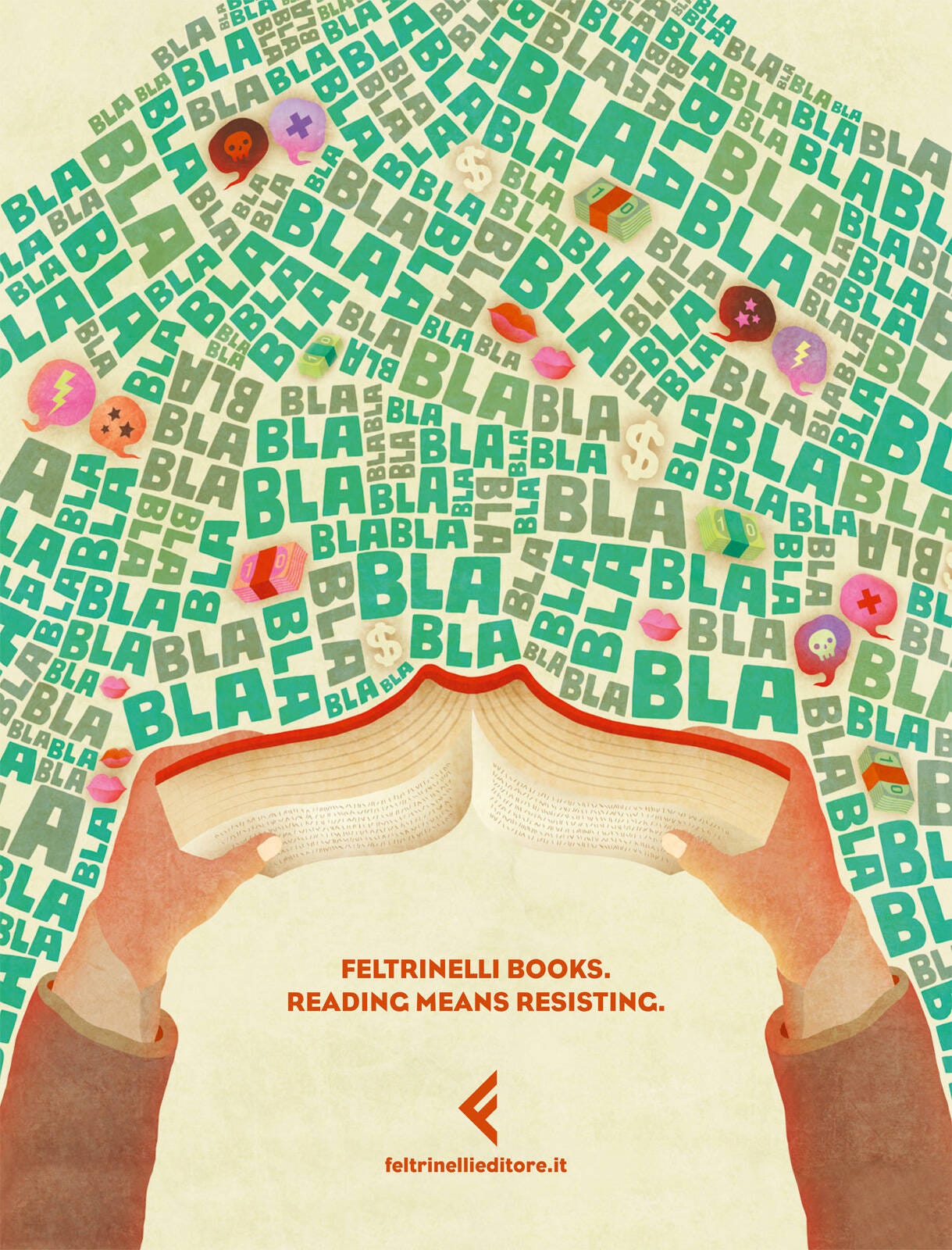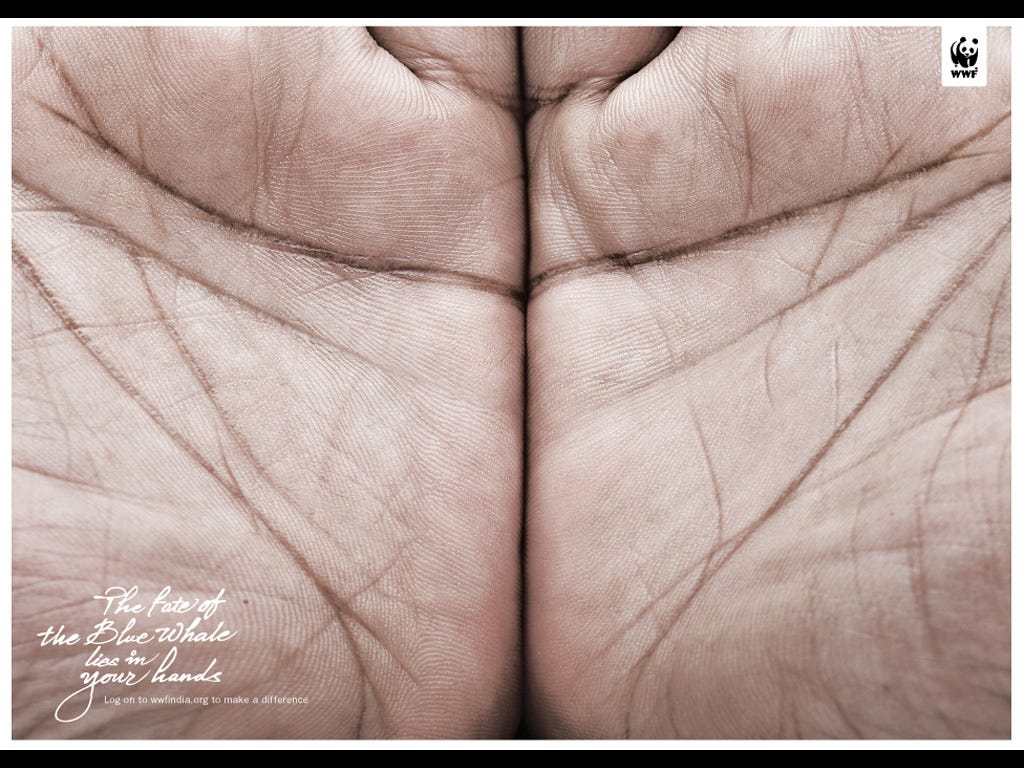The language of hands in copy psychology
Control, expertise & trust is written on the body
The subtle nuances of the language of hands can help marketers build connection and trust, as well as suggest brand expertise and mastery.
We’re used to seeing hands in brand visuals, but what about in copywriting?
What can the language of hands add to your messaging?
I suggest two communication perspectives to think about -
Control & expertise
Trust & connection
Control & expertise
Let’s start with how we use the language of hands to suggest control and expertise.
In English, we unthinkingly use hand metaphors all the time to symbolise our level of control.
We ‘seize’ control and reinforce our expertise by ‘getting a grip’ on something. We might have to ‘get our hands dirty’.
That give us ‘first hand’ experience. Or maybe even the ‘upper hand’.
Our project management (or even parenting) style can be ‘hands-on’ or ‘hands-off’.
And when you know exactly what’s going on, you’ve got your ‘finger on the pulse’.
You might also know your area of expertise ‘like the back of your hand’.
And if you tackle a task with your ‘bare hands’, it suggests mastery and commitment.
On the other hand (see what I mean?), when something is out of your control, you say it’s ‘out of your hands’ or that the situation has got ‘out of hand’.
If you voluntarily relinquish control, you ‘wash your hands’ of something.
And a person who’s lost control to someone else is ‘under the thumb’.
Invisible hands of power
We also use hand metaphors to symbolise other powerful forces.
We might find ourselves in the hands of an omnipotent God or Fate.
Or we could be subject to the control of the ‘long arm of the law’.
The point is that, whatever way you look at it, we associate hands with control. Now from a marketing perspective, how can that pre-existing prime help?
As well as control, we also associate hands with expertise.
Handmade or hand-crafted is the work of the artisan.
3 tips for marketing visuals where hands = control & expertise
We’re drawn to products offered to us in an open hand. That’s because we’re inclined by instinct to take what’s “handed” to us.
Hands personalise service businesses and show expertise. Try visuals showing open palms or shoot from above to show hands at work.
Creatives should include hand photos to reinforce their messaging that their products are “handmade”.
Trust & connection
Perhaps you’d prefer to emphasise trust and connection over expertise and control?
Once again, the language of hands can help.
Why? Because it’s easier to trust people if you can see their hands.
Hands, body language & the psychology of persuasion
Body language experts talk about “palm displays” as signs of honesty.
In fact, the phrase “above board” (meaning honest or legal) originally meant to keep your hands above the table (board). How do I know this? I listen to Susie Dent and Giles Brandreth’s podcast Something Rhymes with Purple, which is all about words and their origin. Highly recommend for copy psychology.
We display open hands to show we’re not a threat. And we read these body signals instinctively.
So here’s a simple visual takeaway – open hands on display are a sign of honesty and friendliness.
In other words, open hands say “I mean you no harm and I’m telling you the truth.”
Examples from copy psychology & the language of hands
The language of hands pervades business communication. When you start noticing, you can’t stop.
You’ll see coaches and mentors who will help you reach for the stars or seize the day.
Sales copy is peppered with active manual verbs like hold, unlock, grasp and grab.
And big brands use the language of hands to suggest that our emotions are easily accessed through our fingertips.
Just think of Coca-Cola’s Open Happiness strapline.
Or AT&T’s 70’s slogan - Reach out and touch someone. Don’t fancy getting that one past the legal team now.
The WWF Blue Whale campaign provoked emotional connection by passing control to the intended viewer.
Sensory warnings & hand language
Copywriters can also prod those persuasive pain points by using hand imagery to connect with our innate need to avoid loss.
Sales pages can appeal to time-pressed customers who’ve got their hands full. You know what they need? Elbow room. They’ve probably been working their fingers to the bone.
Maybe they’ve tried some other solutions in the past and got their fingers burnt?
They might be a little out of touch and unsure about what to do next. They feel all thumbs. Or their hands are tied.
Worst case scenario, they’re hanging on by their fingernails, living hand to mouth.
Potential customers could also be worried about fitting in, or doing the right thing. No-one wants to stick out like a sore thumb.
Are you starting to see how the persuasive power of hands is so thoroughly ingrained in the English language? If you’re ever lost for words for pain-point copy, it’s worth asking yourself - how can I express this emotion in bodily language that readers will understand instinctively?
When in doubt, start with the hands.
Where’s copy psychology going next with the language of hands?
Technology is changing the metaphors we use to associate emotions with our hands. Some newish hand gestures are already firmly embedded in copywriting vocabulary, just like thumbs up.
No longer confined to dating apps, most savvy buyers understand the phrase to swipe right for positive approval, swipe left to dismiss.
For copy trendhunters, haptics currently crossing into everyday speech (and copy) could include -
Scroll
Pinch-to-zoom
Tap and double-tap
Drag and drop
Shake to undo
Can you use any of these in your copywriting?











